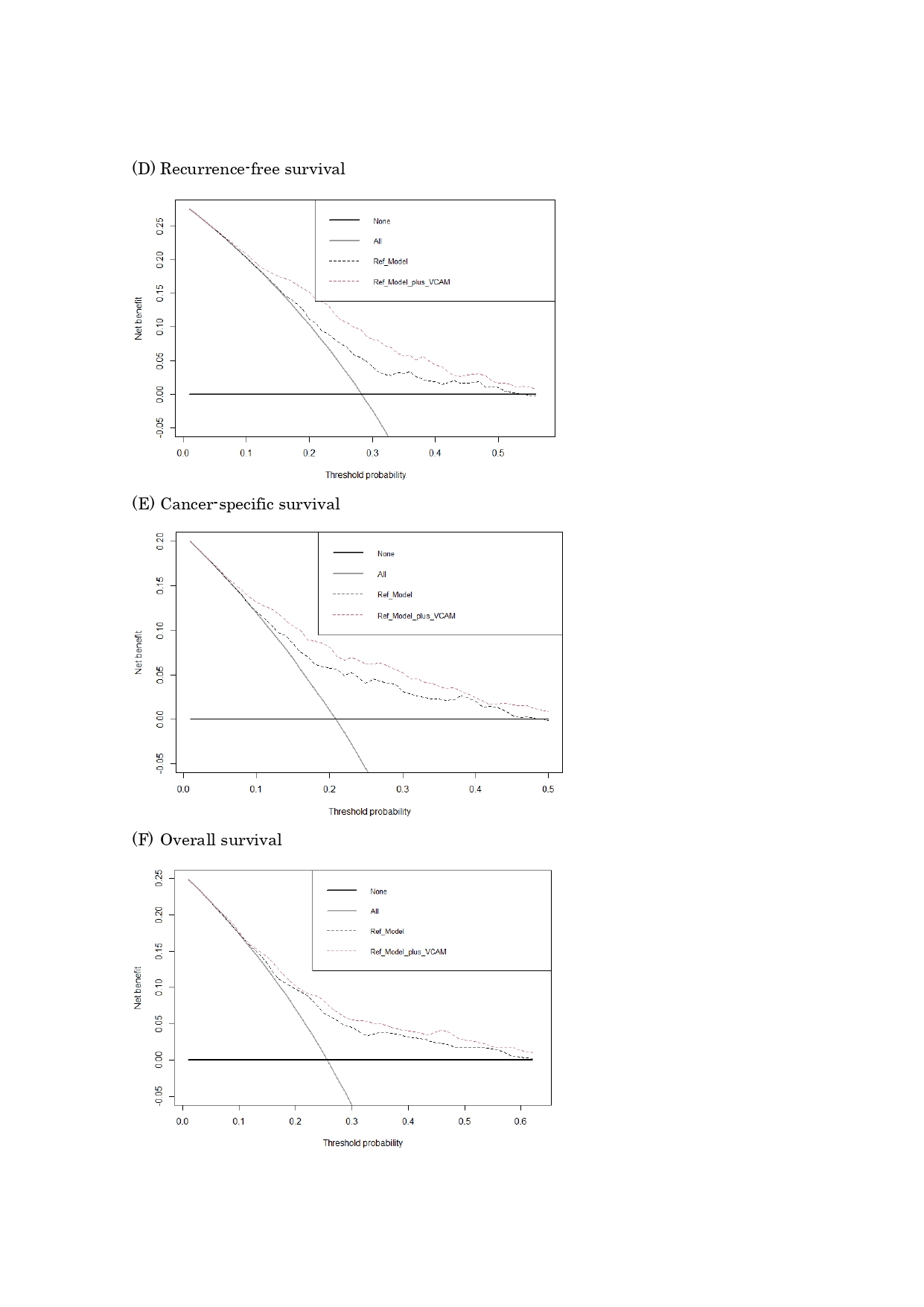Back
Poster, Podium & Video Sessions
Moderated Poster
MP23: Bladder Cancer: Invasive III
MP23-17: Prognostic and predictive value of preoperative vascular cell adhesion molecule-1 plasma levels in urothelial carcinoma of the bladder treated with radical cystectomy
Saturday, May 14, 2022
8:45 AM – 10:00 AM
Location: Room 225
Keiichiro Mori*, Victor Schuettfort, Satoshi Katayama, Ekaterina Laukhtina, Benjamin Pradere, Fahad Quhal, Reza Sari Motlagh, Hadi Mostafaei, Pawel Rajwa, Vienna, Austria, Jeremy Teoh, Hong Kong, Hong Kong, Marco Moschini, Lucerne, Switzerland, David D’Andrea, Mohammad Abufaraj, Vienna, Austria, Shin Egawa, Tokyo, Japan, Pierre Karakiewicz, Montreal, Canada, Yair Lotan, Dallas, TX, Douglas Scherr, New York, NY, Eva Compérat, Shahrokh Shariat, Vienna, Austria

Keiichiro Mori, MD, PhD
Medical University of Vienna
Poster Presenter(s)
Introduction: Angiogenesis-related marker vascular cell adhesion molecule-1 (VCAM-1) has been shown to be elevated in urothelial carcinoma of the bladder (UCB), but its predictive/prognostic role has not been determined. We aimed to investigate the predictive/prognostic role of VCAM-1 in patients with UCB treated with radical cystectomy (RC).
Methods: We enrolled 1,036 patients with clinically non-metastatic advanced UCB who underwent RC, and plasma VCAM-1 was evaluated preoperatively. The correlation between plasma VCAM-1 and pathological and survival outcomes was assessed using binominal logistic regression and Cox regression analyses. Discrimination was assessed using the area under the curve and concordance-indices. The clinical net benefit was evaluated using decision-curve analysis (DCA).
Results: Preoperative VCAM-1 was significantly elevated in patients with adverse pathological features. Higher VCAM-1 levels were independently associated with increased risk of lymph-node metastasis (LNM), =pT3 disease, and non organ confined disease (NOCD; all p<0.001). Preoperative plasma VCAM-1 was independently associated with recurrence-free, cancer-specific, and overall survival (RFS/CSS/OS) in pre- and postoperative multivariable models. Adding VCAM-1 to these models improved the discriminatory ability to predict all outcomes by a significant margin. On DCA, VCAM-1 addition to the reference models for LNM, NOCD, RFS, and CSS prediction resulted in relevant improvement.
Conclusions: Elevated plasma VCAM-1 was associated with biologically and clinically aggressive UCB disease features. After validation, preoperative VCAM-1 may serve as biomarker to help identify patients likely to benefit from intensified/multimodal therapy. VCAM-1 also improved the discriminatory power of predictive/prognostic models and can be used to refine personalized clinical decision-making.
Source of Funding: No funding.


Methods: We enrolled 1,036 patients with clinically non-metastatic advanced UCB who underwent RC, and plasma VCAM-1 was evaluated preoperatively. The correlation between plasma VCAM-1 and pathological and survival outcomes was assessed using binominal logistic regression and Cox regression analyses. Discrimination was assessed using the area under the curve and concordance-indices. The clinical net benefit was evaluated using decision-curve analysis (DCA).
Results: Preoperative VCAM-1 was significantly elevated in patients with adverse pathological features. Higher VCAM-1 levels were independently associated with increased risk of lymph-node metastasis (LNM), =pT3 disease, and non organ confined disease (NOCD; all p<0.001). Preoperative plasma VCAM-1 was independently associated with recurrence-free, cancer-specific, and overall survival (RFS/CSS/OS) in pre- and postoperative multivariable models. Adding VCAM-1 to these models improved the discriminatory ability to predict all outcomes by a significant margin. On DCA, VCAM-1 addition to the reference models for LNM, NOCD, RFS, and CSS prediction resulted in relevant improvement.
Conclusions: Elevated plasma VCAM-1 was associated with biologically and clinically aggressive UCB disease features. After validation, preoperative VCAM-1 may serve as biomarker to help identify patients likely to benefit from intensified/multimodal therapy. VCAM-1 also improved the discriminatory power of predictive/prognostic models and can be used to refine personalized clinical decision-making.
Source of Funding: No funding.



.jpg)
.jpg)